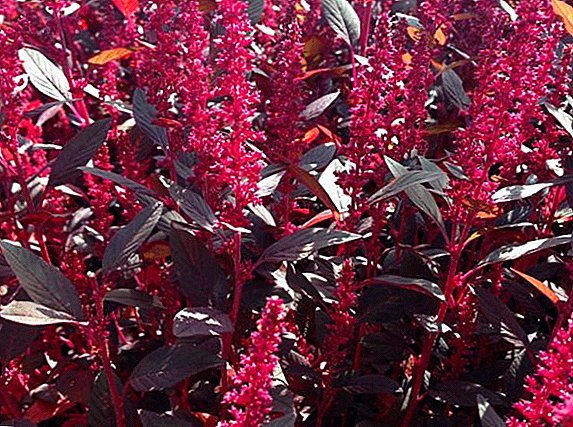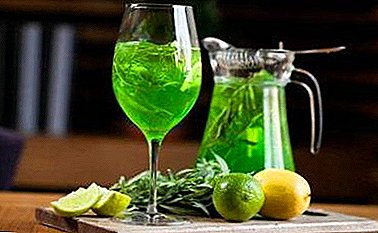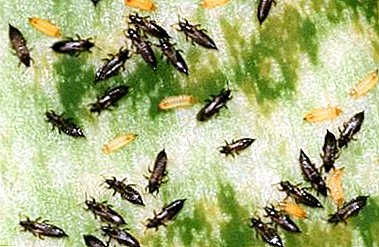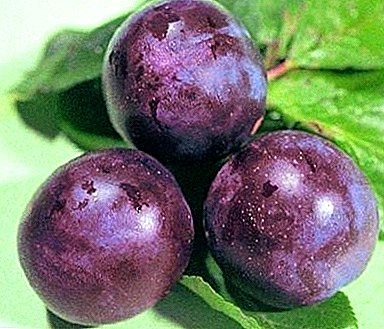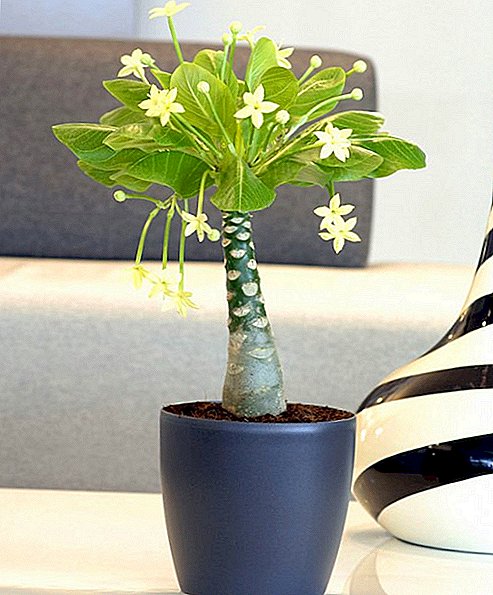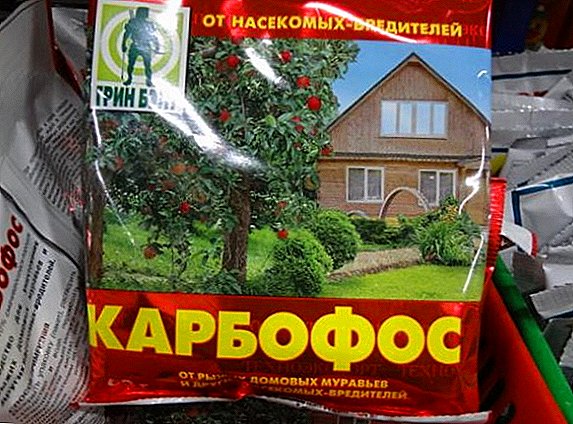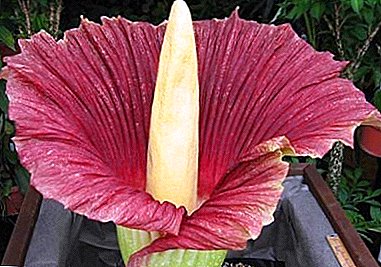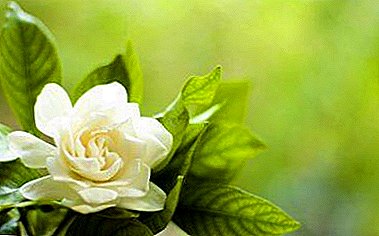
In nature, there are more than 250 species of gardenia, not all of them can be cultivated at home, as individual varieties can grow into full-fledged trees.
For indoor breeding are compact copies, blooming from June to September. We will tell you more about each variety of this delightful flower and show them in the photo.
Learn all about the features of each species that is suitable for home breeding and decorate your home with a magnificent gardenia.
Types of indoor plants "Gardenia"
Aimee yoshioka

Ideal for home breeding, refers to the jasmine mind. A relatively young variety that quickly gained popularity due to its ability to bloom twice a year.
High decorativeness is caused by white flowers that look like a rose and have a delicate pleasant aroma.
Brighamii

Hawaiian Islands are the birthplace of the species.. Not so long ago it could be found on all the islands of the archipelago, but, to date, in nature, representatives of the species are found only on a few of them, and even high enough in the mountains. The wild version of such gardenia can reach a height of six meters and is not suitable for home cultivation.
Brighamii, represented in the culture, resembles a motley tree due to a combination of light and dark green leaves. The leaves are bare with light streaks. Flowers snow white solitary. Petals are peculiarly bent at the ends and resemble fan blades in appearance. The flowers have an intense, pleasant aroma.
Radicance

Convenient for home breeding variety, as compact and fits easily into a flower pot. In nature, the plant can reach two meters in height, but the home version does not grow above 80 centimeters. It has bright green, glossy, lanceolate leaves. Double flowers are a distinctive feature of the variety. Grow on the tops of shoots singly or gather in florets of three to five pieces. Flowering occurs in spring and summer. Variety can be used as bonsai.
Thunberg

It belongs to the Madder family, as well as a magnolia and a coffee tree. In nature, it grows in South Africa. Evergreen shrub with large, shiny, dark green leaves of regular shape, which are attached to the short processes, petioles. You can grow to a small tree.
Tahitian

The species is not very well mastered by our growers, although it boasts the largest flowers among other species. Their diameter can reach ten centimeters, and petals are bent to the sides in such a way that they look like propeller blades. The reason for the low demand for varieties in its intensive growth. An adult shrub can reach three meters in height. The plant is highly decorative, as the flowers are effectively combined with wide round leaves of dark green color. It has a pronounced aroma.
Blue
Variety is quite rare. Characterized by turquoise or blue flowers. High decorativeness of the plant made it popular in the textile industry and painting.
Theme blue hydrangea is often used in the decoration of the premises.
Variegated

Flowers terry, decorative, pale white colorwith a diameter of up to eight centimeters. The leaves are unusual - motley, glossy, combining a dark green and milky-green tint, visually resembling marble. A great option for home growing, as it has a slow growth.
Regal

The variety is suitable for cultivation in the open field, provided the transfer to the winter in the room. Most popular as a houseplant. The flowers are creamy white.
Ternifolia

Decorative, disease resistant variety bred in Thailand. It has intertwining branches, on which large fragrant flowers are randomly scattered.
Pink

The variety is called "Amoena" and refers to rare representatives. Pink gardenia is an infrequent guest even in botanical gardens. The trunk and branches of the plant are covered with spines. At the ends of the shoots bloom large pink flowers.
Karinata

A variety native to Malaysia is a compact evergreen shrub with rare, scattered flowers on the bush, the shade of which changes over time. Initially, they are ivory, after they acquire a lemon shade, and before fading they become orange.
Not grown at home, as it can reach a height of fifteen meters.
Golden magic

Not long ago, bred variety with fleshy, leathery foliage of a dark green shade. The flowers are large, double, rich yellow color. When bud buds, it has white petals.which in time acquire an intense golden hue. Differs in more long, in comparison with other types, the flowering period.
Vietnamese

The variety has an interesting form of white flowers - they look like asterisks with six rays at the expense of petals rolled into a tube and are very decorative against the background of foliage of a deep green tone. Suitable for indoor breeding. The shrub is oval, densely planted on the branch leaves of the correct form. Flowers reach eight centimeters in diameter.
A bright distinctive feature of gardenia is its unique aroma. On the basis of exquisite essential oils, plants produce perfume for women of Gardenia M. Micallef, Hermes Jour d Gardens Gardenia and Panouge Isabey Gardenia.
General rules of care
- A place. Gardenia will feel comfortable on the eastern and western windowsills, the main thing is not to allow exposure to direct sunlight. The plant does not like a change of place, or even turning the pot, especially during flowering - it can throw off the buds.
- Temperature should be stable, it is acceptable that the winter indicators differ from the summer by a maximum of three to four degrees.
- Watering. The plant needs regular watering at room temperature. If moistened with cold water, the leaves shred and turn yellow. During the active growing season, watering should be made more intense, but at the same time ensure that the water does not stagnate. In the autumn, watering is reduced, while avoiding overdrying of the soil.
- Humidity. When forming buds, the humidity of the air should be maximized, after their disclosure it is necessary to spray, but in such a way that water does not fall on the petals, this can lead to the formation of brown spots and falling flowers.
- Top dressing. The first half of the year after purchase, you do not need to feed the gardenia, after nutrients should be made twice a month, for this composition suitable for flowering plants.
- Pruning. After flowering, you need to carry out pruning pruning, shortening the shoots in half. In the period of active vegetation, the tops of new shoots are pinched. If this is not done, flowering next year will be scarce, and the crown will randomly grow.
- Transfer. Transplanted gardenia method of transshipment. A young plant - every year after flowering, an adult - once every three to four years.
We offer to watch a video on how to care for the gardenia:
The variety of gardenia leaves no one indifferent. Each gardener will be able to find an instance among the magnificence of gardenias that inspires him.


